
Château de Fontainebleau, Fontainebleau, France, welcomes you and invites you to admire all its private charms. You will surely be enchanted by the history and wonderful views of a charming part of Europe. You can find this royal hunting retreat to the southeast of Paris, set deep in the Forest of Fontainebleau. Once you step inside the château, you immediatly feel like part of the royalty, back in 12th-century France.

Activity/Place Highlights
The Château
Given the different rulers that have had control over the Château de Fontainebleau, this palace is a mixture of all kinds of architectural styles. Besides, a feeling of luxury and magnificence fills each baroque room.
The Ballroom
Formerly a passageway, it was then closed with high windows and ceilings, and turned into the ballroom. Look to the eastern end of the ballroom to find the musicians’ gallery, where artists played during balls. On the other hand, to the western end, a monumental fireplace stands, with bronze statues imitating classic Roman statues.
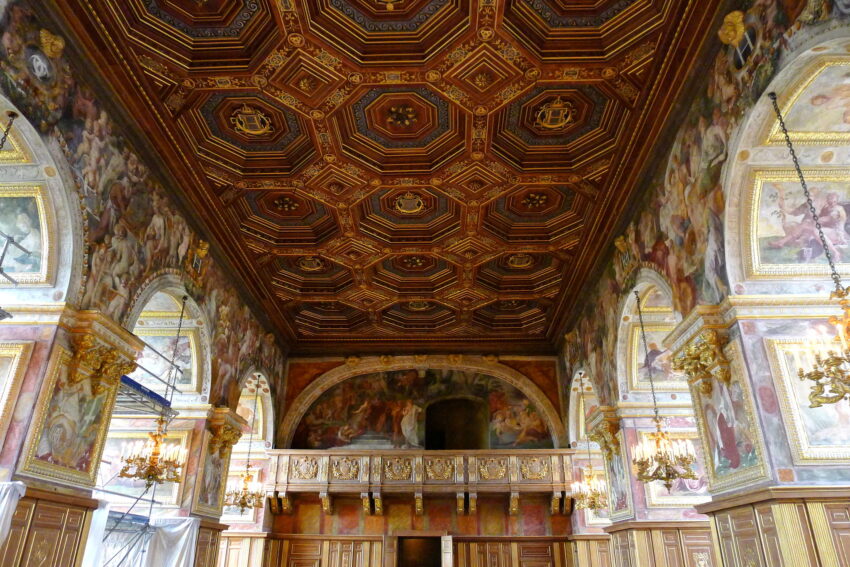
Source by Corinne Moncelli on Flickr – Under Creative Commons license

Queen’s bedroom
In this room, every Queen and Empresses of France slept. All the furniture in this room dates back to the First Empire. Besides, the walls have a beautiful design of flowers and birds. A curious fact about this room: the bed was made specially for Marie-Antoinette, the last Queen of France before the Revolution. However, it did not arrive until 1797, after her execution.

Napoleon’s private apartments
For a more conservative style, enter Napoleon’s private apartments. In these very rooms, he planned and plotted, with his family kept at arm’s length from the public eye. To the south are grand gardens and ponds designed by Le Nôtre in the 17th century. To the north, the royal apartments overlook the romantic Garden of Diana (Roman goddess of hunters), where white peacocks roam.
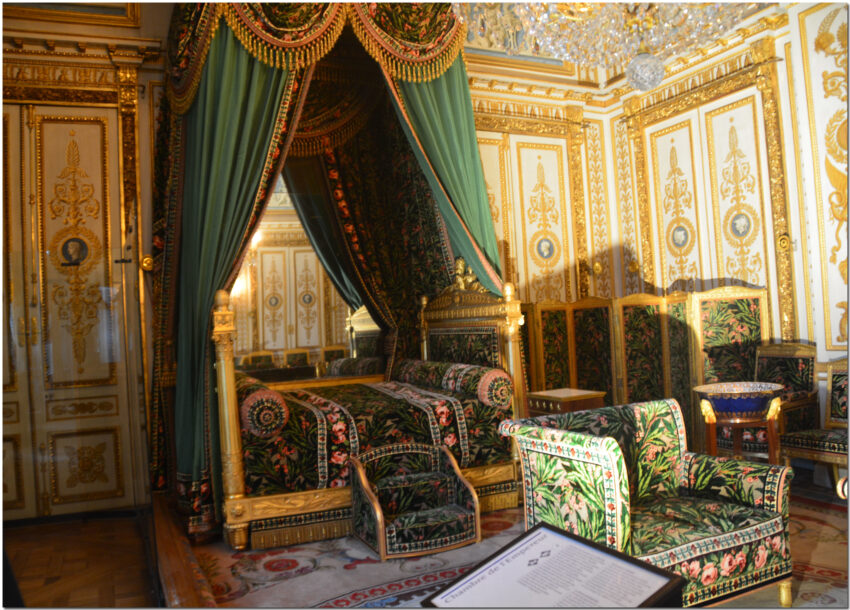
Throne Room of Napoleon
Back in 1808, Napoleon choose to place his throne where the royal bed was formerly located, in what used to be the bedroom of the Kings. Louis XV personally created the section of the ceiling directly over the throne and the sculpted medallions near the fireplace. Besides, he created the designs over the doors, and the carved woodwork that faces the throne. All of this between 1752 and 1754.
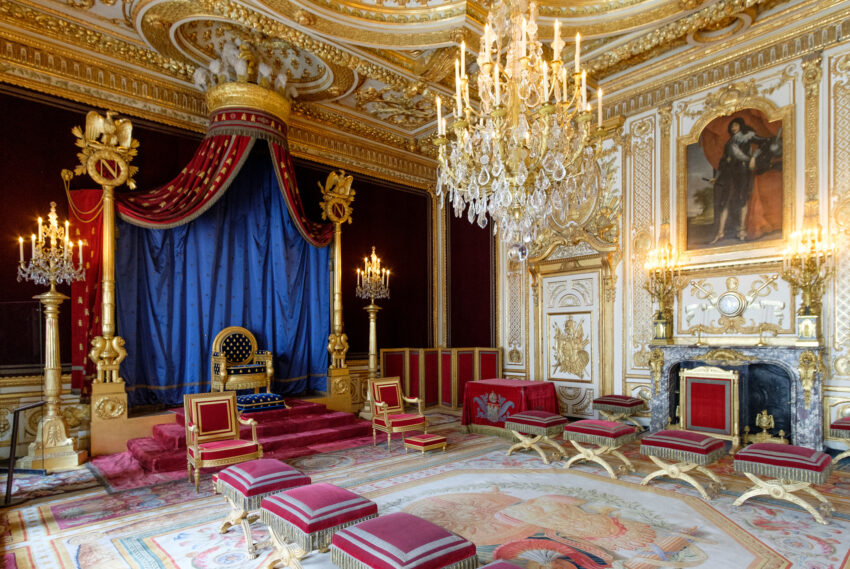
Apartment of the Queen-Mothers
This room is also known as the apartment of the Pope, since Pope Pius VII visited and stayed on this room back in 1804. Before that it was the residence of Marie de’ Medici and Anne of Austria. The room was originally two apartments. But they were divided and joined together again over the years, depending on its resident.
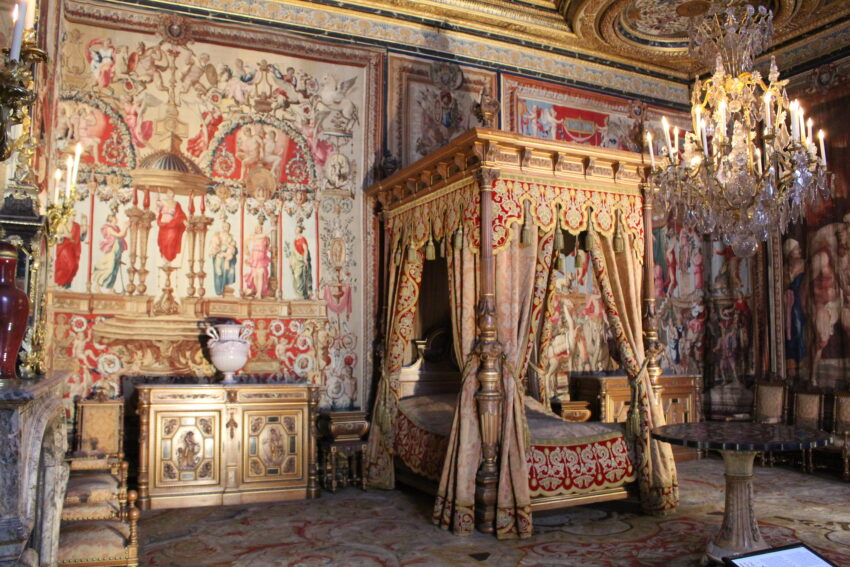
Springs and gardens
Nineteen springs serve the château and its gardens. The system was designed by an Italian engineer during the reign of Francois I, back in the 16th century. Later that century, Henri IV added the Grand Canal, a 0.6-mile-long canal (1 kilometer) used for water jousting. The ribbon of water leads the eye to the surrounding forest, nowadays filled with snaking hiking trails.
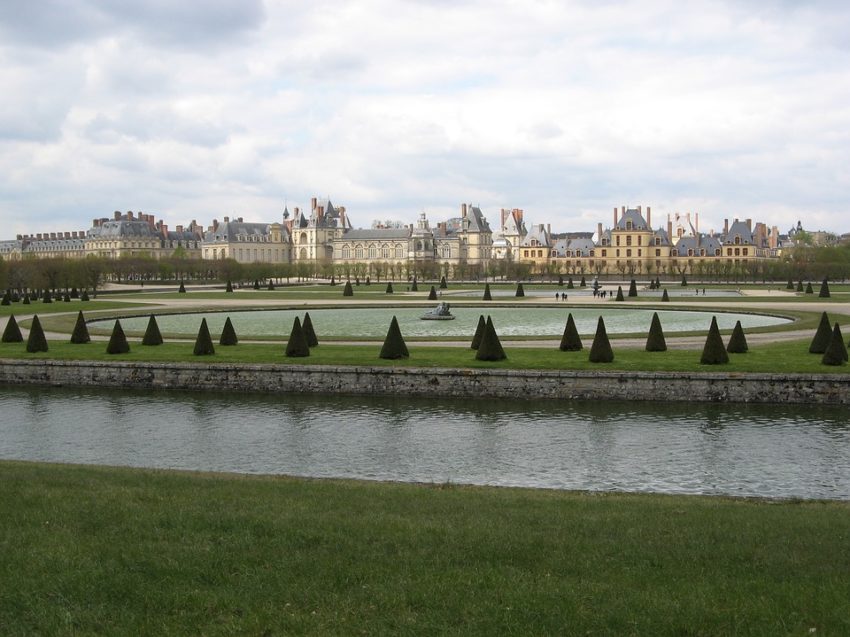
How to get there
Trains run every 30 minutes from Paris Gare de Lyon, and the journey takes 45 minutes. Buy a ticket that includes the 15-minute bus ride from Fontainebleu-Avon station to the château. Alternatively, get off in Melun and rent a car, allowing you to visit Barbizon and Milly-la-Fôret as well.
When to go
If you go when it’s warmer, there are a number of fun outdoor activities you can participate in on the grounds for an additional cost. These actives include hot-air ballooning, carriage rides, and canoeing on the pond. No flowers are blooming in mid-January, but the gardens are still beautiful and worth a look.

How long
A complete visit of the castle takes an estimated 2 hours. I recommend you go early in the afternoon.

Opening and Closing Hours
The castle is open every day (9:30–17:00) except Tuesdays; it also closes on January 1st, May Day, and December 25th. The gardens, however, are open all year.
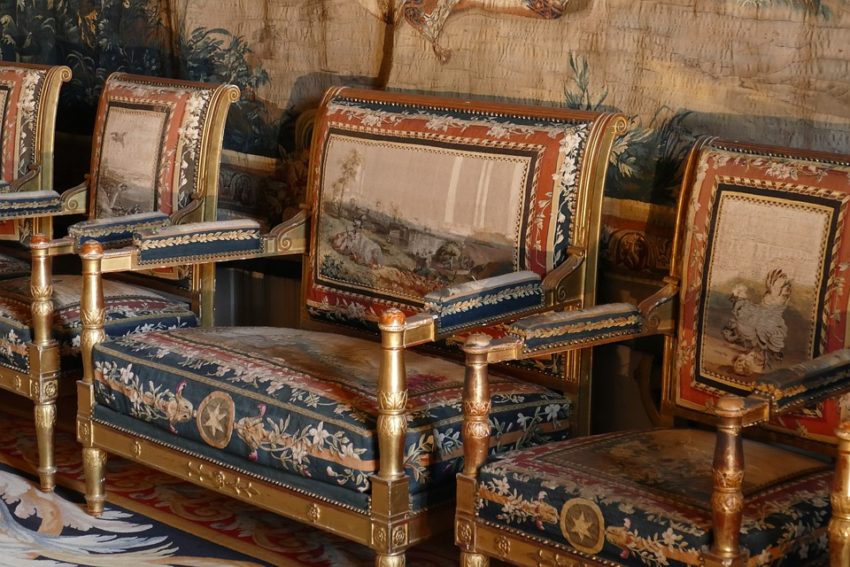
Planning
You need to book in advance to visit this wonderful place. Visit Château de Fontainebleau.
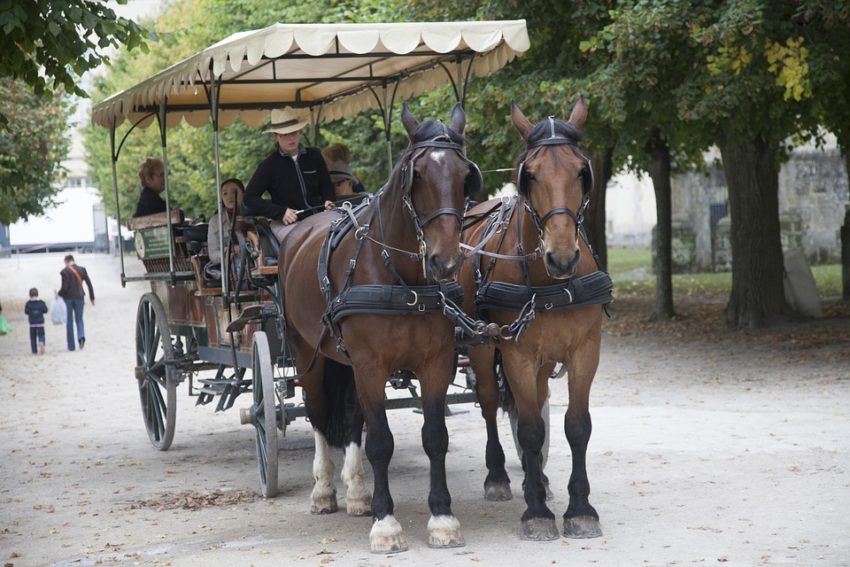
Inside Information
Make sure to book one of the guided tours to the fascinating Musée Napoléon and Petits Appartements, including the emperor’s library and his wife Joséphine’s sitting room. These are accessible only as part of a small group tour and are well worth visiting, even if you don’t understand the guide’s French.
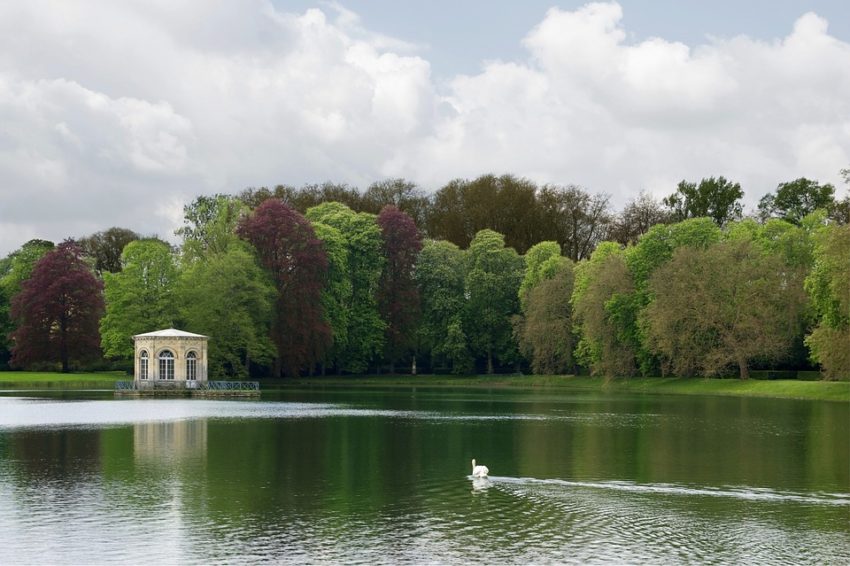
History
The Château de Fontainebleau was formerly a hunting lodge. Back in the 12th century, medieval kings of France would stay here to take a break from the burden that were the cares of state. The medieval castle and palace served as a residence for the French monarchs from Louis VII to Napoleon III. Francis I and Napoleon were the monarchs who had the most influence on the Palace as it stands today. It is now a national museum and a UNESCO World Heritage Site.
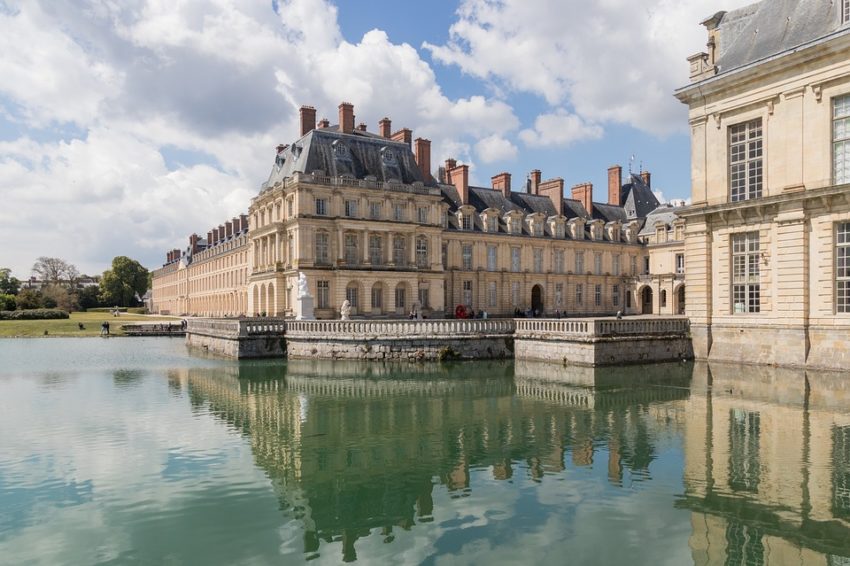
Websites

Other nearby attractions
The village of Barbizon
Stading 8 miles (13km) northwest of Fontainebleau, this village was made famous by the Barbizon School of painters, including Camille Corot, Théodore Rousseau, and Jean Francois Millet. It makes a good base for a ramble through the Forest of Fontainebleau.
Milly-la-Forêt:
This charming town is 12 miles (19km) west of Fontainebleau, is home to the Conservatory for Aromatic and Medicinal Plants. Nearby are the beautifully serene gardens of the Château de Courances.
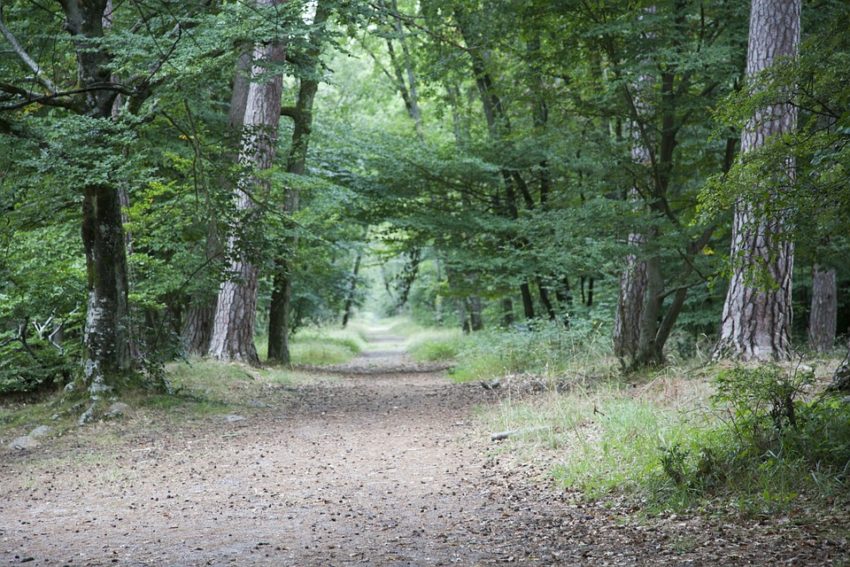
If you loved this article or found it useful, don’t forget to share it with your adventurous and travel-hacking friends! If you want more posts like this, follow us on Youtube, Instagram, Pinterest, Twitter or Facebook and subscribe to our newsletter!

